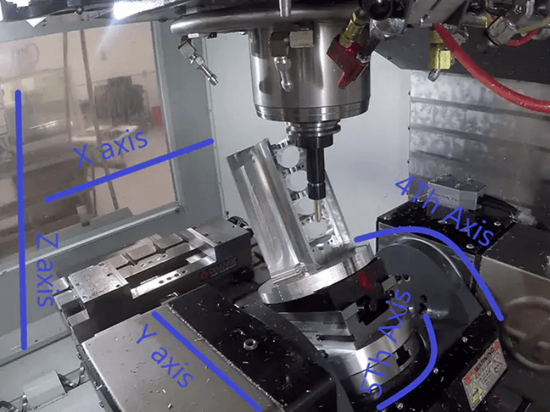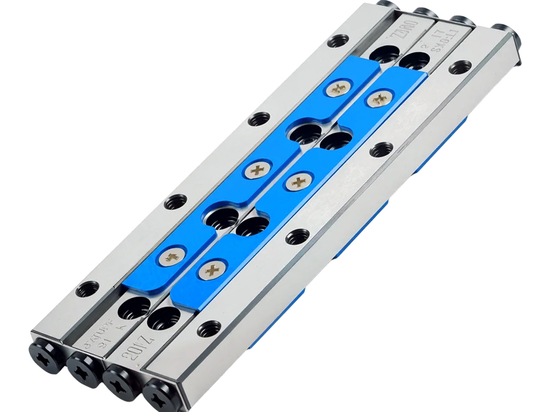
#Product Trends
Motion basics: How to define roll, pitch, and yaw for linear systems
Including Cartesian robots, gantry systems, and XY tables.
Linear guides and systems are typically subjected to both linear forces due to downward, upward, and side loads and rotational forces due to overhung loads. Rotational forces — also referred to as moment forces — are typically defined as roll, pitch, and yaw, based on the axis around which the system tries to rotate.
To define roll, pitch, and yaw in linear systems, we first need to establish the three primary axes: X, Y, and Z.
The two axes of the horizontal plane are typically defined as X and Y, with the X axis being in the direction of motion. The Y axis is orthogonal (perpendicular) to the direction of motion and is also in the horizontal plane. The Z axis is orthogonal to both the X and Y axes, but it is located in the vertical plane. (To find the positive direction of the Z axis, use the right-hand rule: point the index finger in the direction of positive X, then curl it in the direction of positive Y, and the thumb will indicate positive Z.)
Roll, pitch, and yaw are rotational forces, or moments, about the X, Y, and Z axes. Just like pure linear forces, these moment forces need to be considered when calculating bearing life or determining the suitability of a linear system to withstand static loads.
Roll: A roll moment is a force that attempts to cause a system to rotate about its X axis, from side-to-side. A good example of roll is an airplane banking.
Pitch: A pitch moment attempts to cause a system to rotate about its Y axis, from front to back. To envision pitch, think of the nose of an airplane pointing downward or upward.
Yaw: Yaw occurs when a force attempts to cause a system to rotate about its Z axis. To visualize yaw, imagine a model airplane suspended on a string. If the wind blows just right, the airplane’s wings and nose will remain level (no rolling or pitching), but it will rotate around the string from which it’s suspended. This is yaw.
Both pitch and yaw moments put excess loads on the balls located at the ends of a linear bearing, a condition sometimes referred to as edge loading.
How to counteract roll, pitch, and yaw moments
Linear guides and systems have higher capacities for pure linear forces than for moment forces, so resolving moment forces into linear forces can significantly increase bearing life and reduce deflection. For roll moments, the way to accomplish this is to use two linear guides in parallel, with one or two bearings per guide. This converts the roll moment forces into pure downward and liftoff loads on each bearing.
Similarly, using two bearings on one guide can eliminate pitch moment forces, converting them to pure downward and liftoff loads on each bearing. Using two bearings on one guide also counters yaw moment forces, but in this case, the resulting forces are side (lateral) forces on each bearing.






